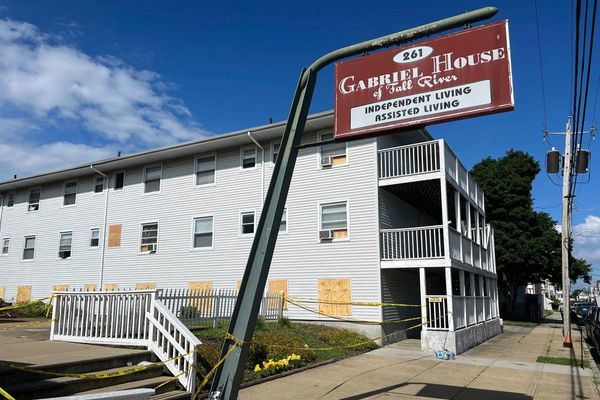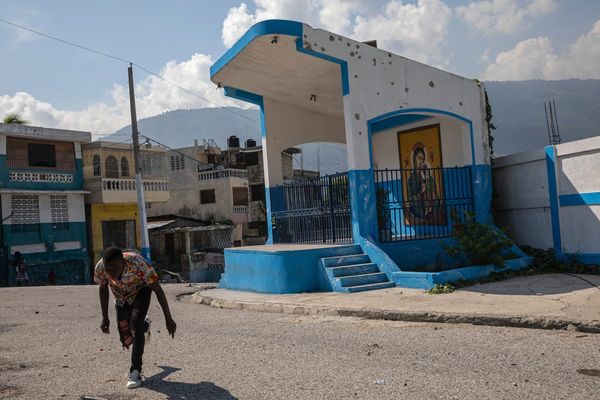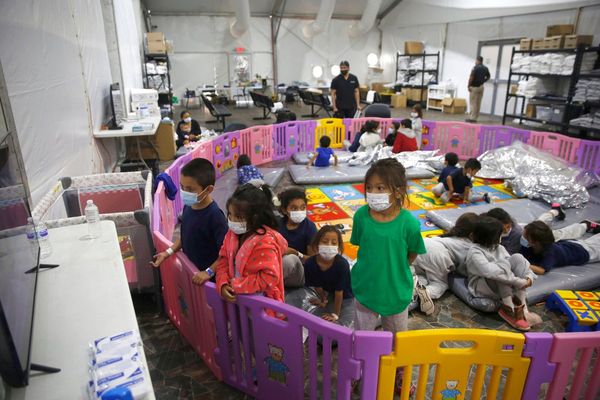If this article had been written in the 1930s, I would have titled it An Early Notice of Filariasis in Madras History. But modern times require us to be brief. There was a time when the mosquito, that breed of insect which is now ubiquitous in the city, was restricted to certain parts. The Mambalam Mosquito was notorious, inspiring even a league cricket team to adopt that name. In his Oru Parvayil Chennai Nagaram, Ashokamitran writes of Mambalam in the 1950s. Completely bereft of civic amenities, the place was largely slush, not surprising given that much of its neighbourhood was once the Long Tank of Mylapore. In his time, says Ashokamitran, it was hard not to see people without swollen hands and legs, chiefly owing to the prevalence of filarial mosquitoes. In common parlance, it was also referred to as elephantiasis, given that the afflicted limbs resembled the legs of an elephant. Thankfully, that scourge seems contained now, though we have other vector-borne diseases such as dengue and chikungunya.
What was a surprising find in recent times for me was that back in the 17th Century, St. Thomas Mount was a hotspot for filariasis as well. This is highlighted in Dr. John Fryer’s account of Madras in his A New Account of East India and Persia, being nine years’ travels 1672 -1681. Those 17th Century writers did not consider it a title if it did not have around fifteen words in it and nothing was left to the imagination. Born in 1650, Fryer qualified at Cambridge and soon secured appointment at Bombay as a Surgeon to the East India Company. He embarked on the sea voyage to India in 1672 and during the course of the journey came to Madras. The city features briefly in his account, for the bulk of his nine-year stay was at Bombay, Surat and Persia. He returned to England in 1681, married, and presumably lived happily ever after, dying in 1733. Nothing is known of his personal life beyond that he was elected a fellow of the Royal Society. Fryer disapproved of most things Indian and that included much of Madras, in particular the Chenna Kesava Perumal Temple, then in old Black Town where the High Court stands. As for elephantiasis, he notes that at St. Thomas Mount lived “a cast of people, one of whose legs are as big as an Elephant’s” and he considers this a judgement on those who allegedly killed St. Thomas centuries earlier. He also notes that the hill had plenty of coral jasmine flowers — our pavazhamalli. It is this kind of trivia that makes Chennai history so fascinating.
And now for the big story
The postman has begun to knock for this column, as Muthiah would have said, and how! We have a letter, dated August 31, 2023, from the LIC no less, in response to last week’s article on the sad state of the Bharat Insurance Building. The Regional Manager writes that not only is the building to be restored but that work has actually commenced, with the noted architectural firm of Pithavadian & Partners being appointed for the task. Drawings are being made, says the letter, and the LIC will soon be approaching the Heritage Conservation Committee of the CMDA for approval. The work is expected to be completed in 18 months and the LIC plans to restore the building to “its pristine glory”. This is the best possible gift that the city could have got at the conclusion of Madras Week 2023. May the grand old edifice prosper. My cup of joy runneth over.
(V. Sriram is a writer and historian)







